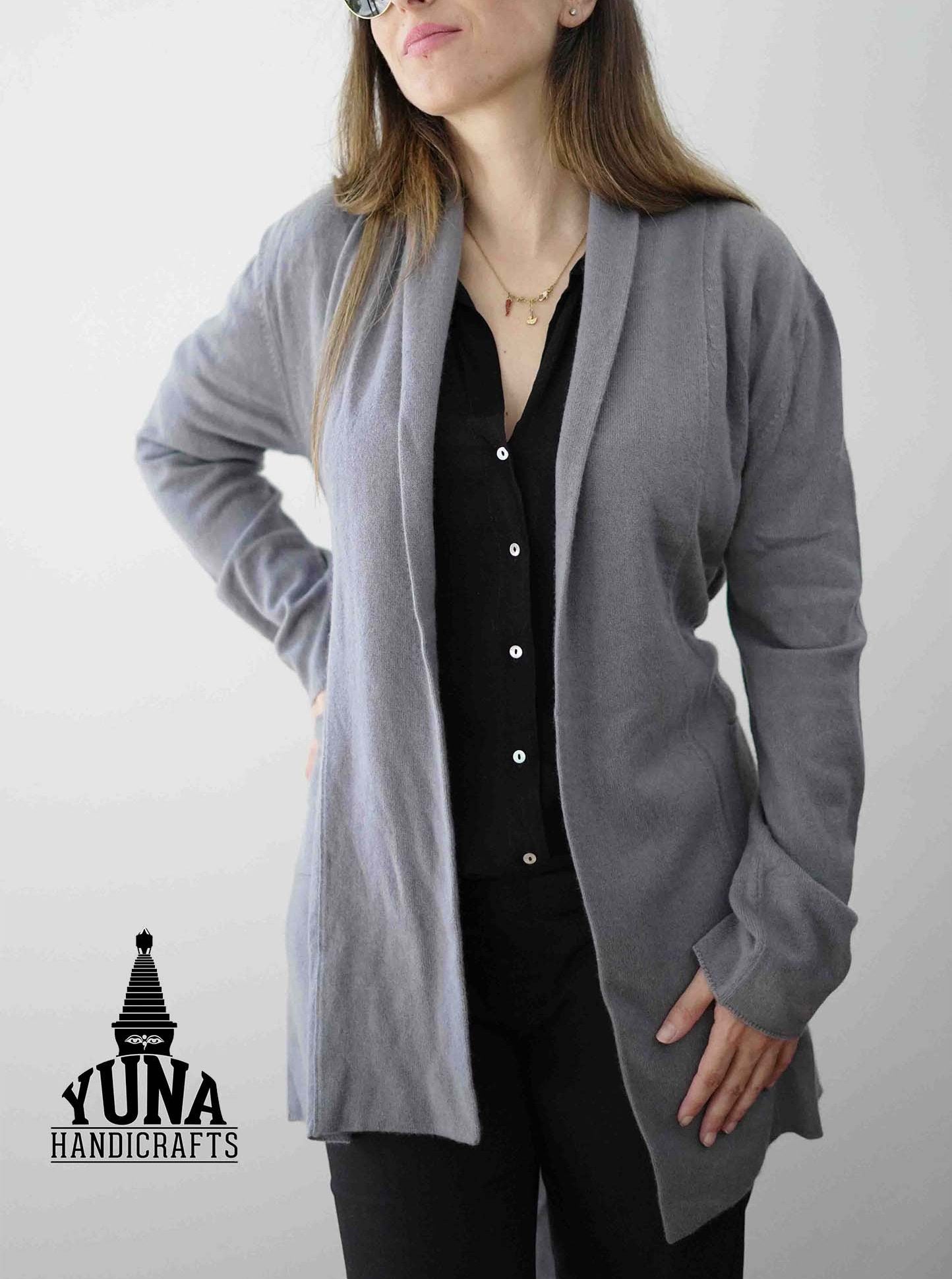
A Complete Guide: How to Identify Real Pashmina
Numerous retail sellers in Nepal do not keep track of their sources. This leads to counterfeit marketing of Pashmina (Cashmere). In this guide, you will find everything that you need to identify real Pashmina in Nepal. From different types of Pashmina to places to buy Pashmina in Nepal, we have got you all covered. Read on.
What is pashmina or cashmere?
In short, Pashmina is a fine variant of Cashmere. It is the fabric derived from the undercoat of domestic goats that live above an elevation of 1,000m, known as Chyangra (Capra Hircus).
The word ‘Pashmina’ came from the ancient Persian word pashm, meaning wool or any wearable yarn obtained from Himalayan domestic goats.
Almost nine times thinner than human hair, the Pashmina wool is used for the making of a variety of products such as scarves and shawls. The fine fabric makes up a perfect gift/souvenir to bring back home from Nepal.
How to identify real or original pashmina?
Since an original Pashmina fabric undergoes all the major processes by hand, such as spinning and weaving, they have non-twisted fringes at the end. They are loose and can be identified when compared to other fabrics.
Identifying a real Pashmina requires some level of expertise. Recognizing a special quality depends upon your experience with fabrics. Most people do not pay much attention to such things, so you might have to stroll around the city to get a good grasp of quality Pashmina. Or you could just shop with a female companion who is fond of fabric or Cashmere.
Tips to Identify Real Pashmina in Nepal
-
Since most of the major Pashmina manufacturing processes are done by hand, you will notice the loose and non-twisted fringes at the end.
-
Look for natural weaving patterns that are handmade.
-
Remember the size to compare and contrast cost differences.
-
Check the label. Real Pashminas are stitched/sewn by a thread, not glued.
-
A Rubbing Test: if it generates static electricity, it’s likely fake. Acrylic or polyester fabrics generate static electricity.
-
Be prepared for bargaining, as Kathmandu stores rarely have fixed prices.
Types and Sizes of Pashmina
From 100% pure Pashmina to silk-blended Pashminas, there are different types depending on the fabric ratio:
-
‘A’ Grade Pashmina – 100% Pashmina
-
‘B’ Grade Pashmina – 70% Pashmina and 30% Silk Blended
-
‘C’ Grade Pashmina – 50% Pashmina and 50% Silk Blended
Higher grades are pricier.
Knowing the Marketplace
Street vendors and small shops around Kathmandu sell shawls and scarves labeled ‘100% Pashmina’, but authentic ‘A’ grade Pashmina is rare on the streets.
For high-quality Pashminas, shop in tourist hubs like Thamel, then Durbar Marg/Durbar Square. Labels may not always be reliable due to counterfeit prevalence.
About the Pricing of Pashmina
Prices differ across locations. Tourists often pay more for genuine products. Even stores claiming fixed prices usually offer 5%-10% discounts. Dedicated silk or Pashmina outlets typically provide better guidance on authentic products.
Tips to Buy Pashmina in Nepal
-
Bargain politely; it is a cultural norm.
-
Avoid crowded stores for proper attention from sellers.
-
Stick to tourist areas to avoid counterfeit products.
-
Ask questions and build a connection with shopkeepers.
-
If you cannot visit Nepal, consider online stores like Yuna Handicrafts for genuine, handmade Pashmina products.
Yuna Handicrafts is a trusted website for 100% handmade Pashmina, ensuring authenticity and supporting local artisans.





